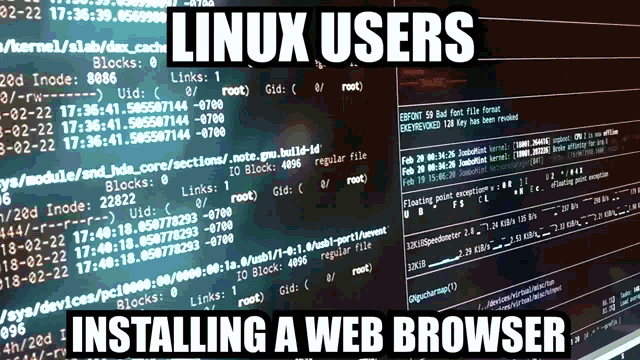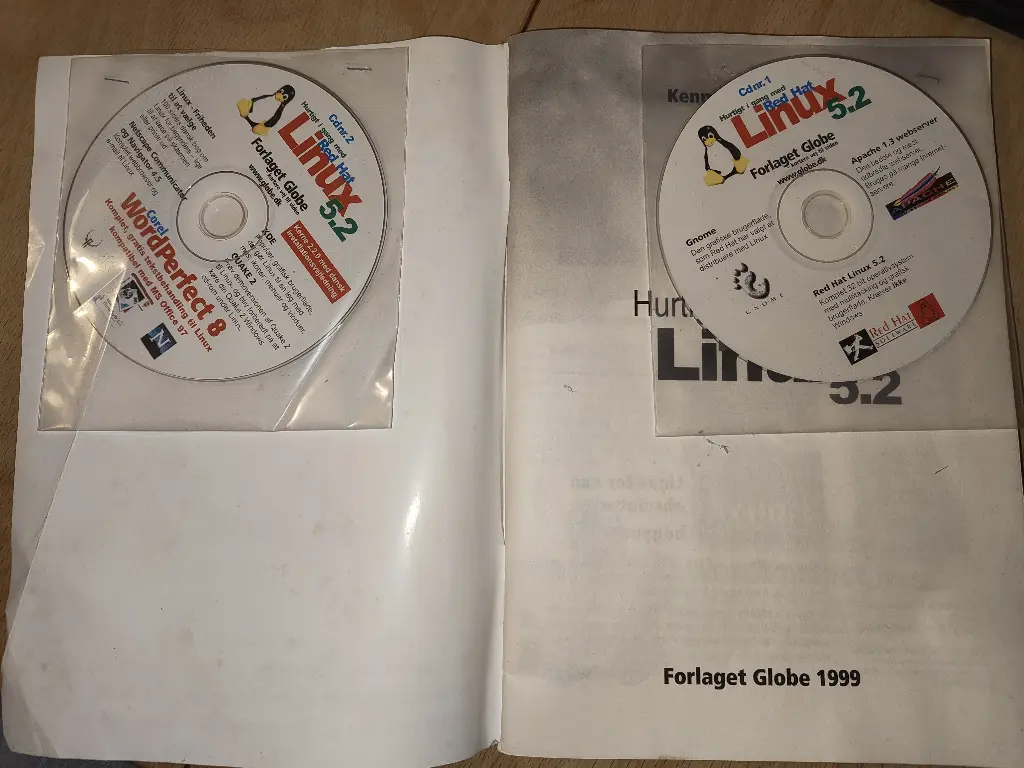What was your first Linux distribution?
What was your first Linux distribution?
I'm new to #Lemmy and making myself feel at home by posting a bit!
My first Linux distribution was elementary OS in early March 2020. Since then, I’ve tried Manjaro, Arch Linux, Fedora, went back to Manjaro, and since early January 2023, I’ve landed on Debian as my home in the #Linux world.
What was your first Linux distro?





